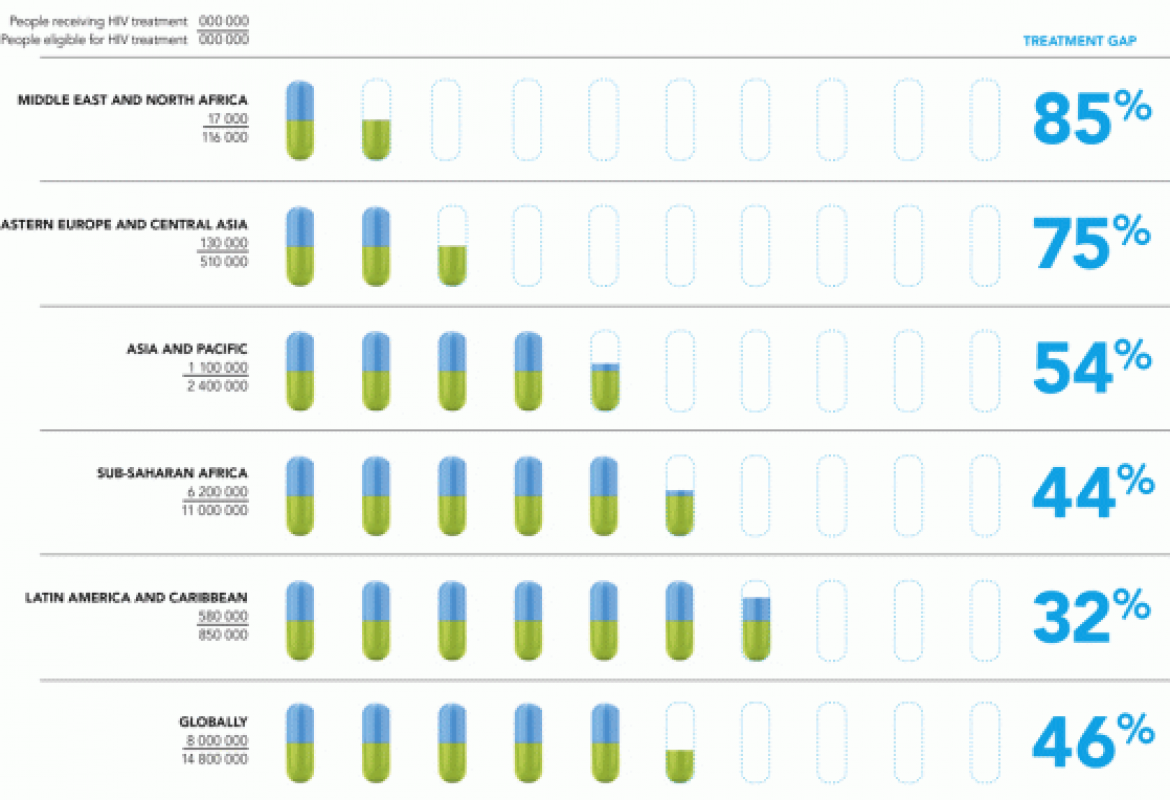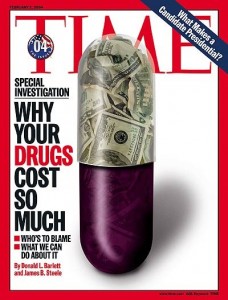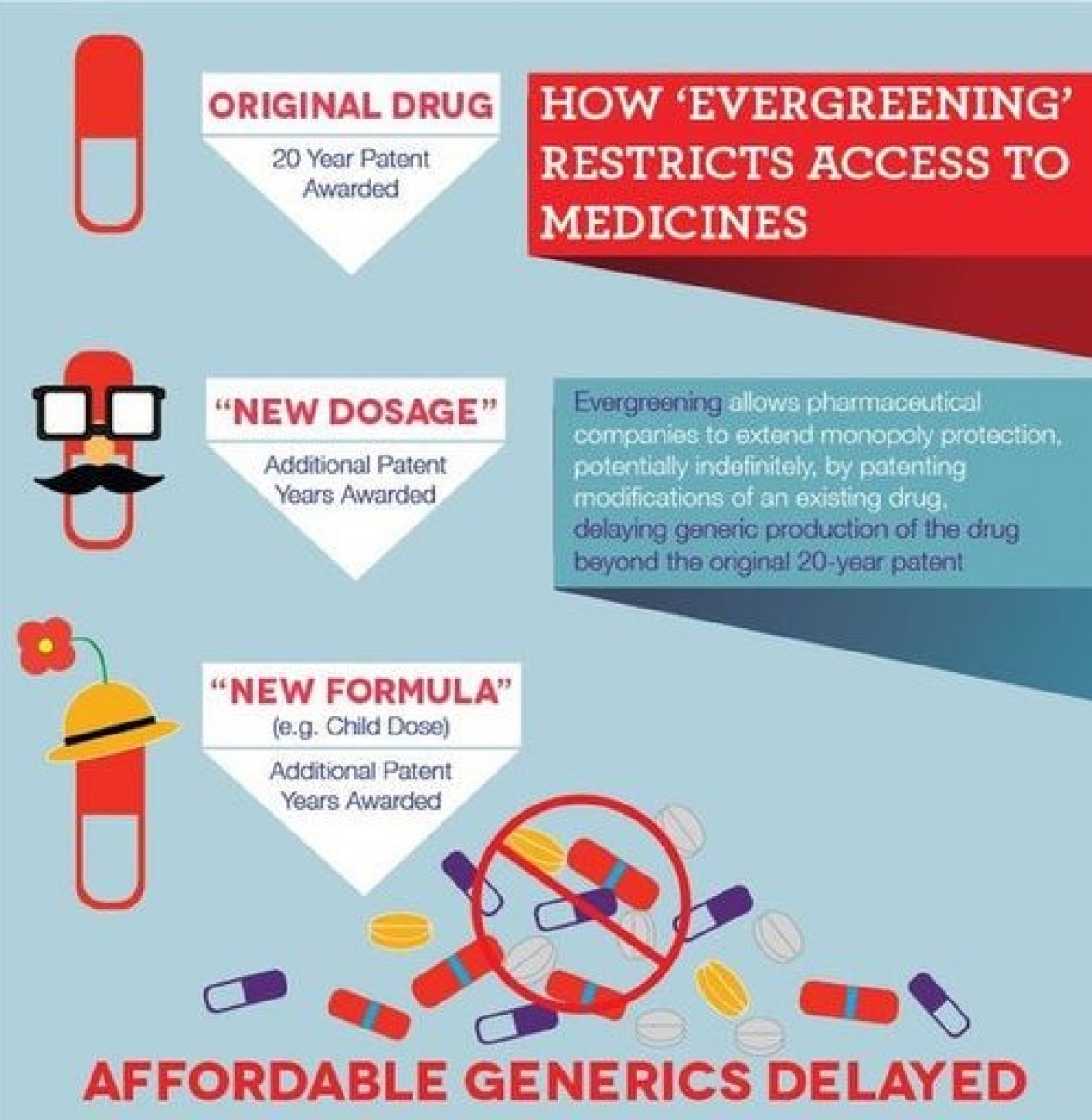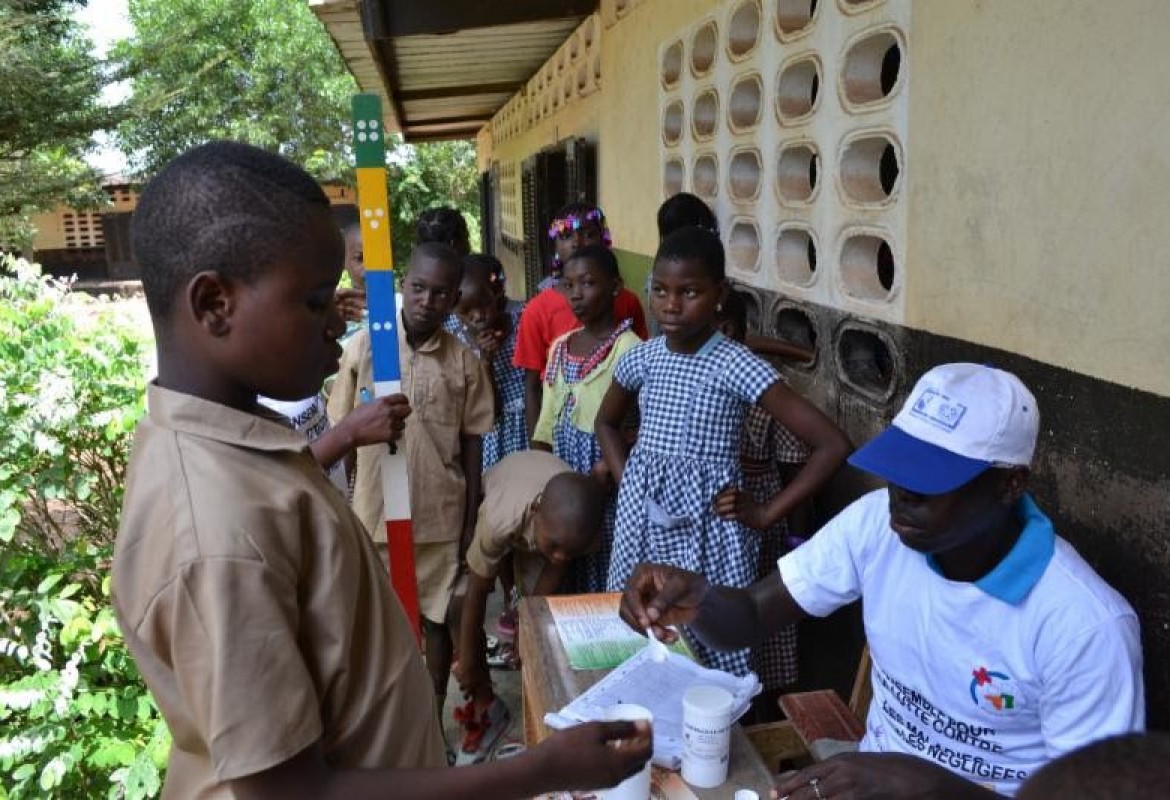Written by Dr Valbona Muzaka
Health costs
In September 2015, the price of Daraprim in the US increased by around 5,500 percent from US$13.50 to US$750 per pill. Daraprim has been on the market since 1953 and has been used primarily as an antimalarial/antiparasitic medication, as well as against cases of toxoplasmosis that tend to affect more seriously those with a compromised immune system (e.g. AIDS). Patients reliant on this medication saw their access to this life-saving medication severely curtailed overnight. Even insured patients encountered difficulties because medical insurers in the US typically require that patients pay around 20% of their medication costs. The company that bought the rights to sell Daraprim, a start-up called Turing Pharmaceuticals, had intentionally limited the supply of Daraprim in the market prior to the price hike. Its decision to buy the exclusive rights to market Daraprim and increase its price was justified by Turing’s now infamous CEO, Martin Shkreli, as a logical move on behalf of his shareholders: “If there was a company that was selling an Aston Martin at the price of a bicycle, and we buy that company and we ask to charge Toyota prices, I don’t think that that should be a crime“.
Daraprim’s dramatic price hike provoked widespread outrage, but it is by no means an isolated case. While Daraprim’s price was subsequently reduced to around US$375 – still around 2,500 percent higher than its pre-2015 price – other drug prices have continued to increase without much fanfare. Price increases are in fact a normal course of action for proprietary pharmaceutical companies: in countries without or with weak price controls for medications, prices for proprietary prescription drugs typically increase much faster than inflation, e.g. they doubled in the last five years in the US.
This phenomenon is not only a US but rather a worldwide problem. A number of studies have shown that patients in many developing countries often face medicine prices that are higher than those in the developed world, and certainly higher than their average per capita income. The lack of universal or even partial public health schemes in much of the developing world means that demand for drugs is highly sensitive to drug prices, that is, a large proportion of patients go without medication even when drugs to treat their condition exist. This was the case, for instance, for HIV/AIDS patients facing antiretroviral prices in the range of US$12,000-14,000 per person per year in the early 1990s or, more recently, for more than 200 million hepatitis-C patients who face prices in the range of US$16,000-18,000 for a 48-week treatment.

UNAIDS: HIV treatment gap in low- and middle-income countries 2002
High medicine prices and unaffordability is not a problem affecting only the very poor, but the vast majority of people worldwide. For instance, Gilead’s US$84,000 price-tag for Sovaldi (a hepatitis-C medicine) or US $1,000 for every single pill, makes it nearly 67 times more expensive than gold (gram per gram). Unless shielded by some form of public and/or private health insurance schemes, out-of-pocket expenses for a medication generally lead to stark choices – sometimes between life and death – for patients and their families.
What can the price of a drug like Daraprim or Sovaldi reveal about broader international political economy (IPE) phenomena? Some of them become clearer as we start scrutinising the main justification offered by proprietary pharmaceutical companies: high prices and revenues are essential for financing research and development (R&D) processes, i.e. for financing the innovative drugs of the future.
Inventing rights for innovations
The ability to set prices is one of the key privileges the pharmaceutical patent system grants its beneficiaries and, where prices are not controlled or where no other sources for procuring a specific medicine exist, they make the most of it. The story of Daraprim provides an illustration of both cases – no price controls and lack of alternatives in the market – with consequences that are no different to Daraprim having enjoyed patent protection. The situation in large parts of developing countries is much worse, as they tend to suffer from a high disease burden, insufficiently developed or non-existent public healthcare schemes and insufficient domestic pharmaceutical production capabilities. Countries that do have them, e.g. India, China, Mexico and Argentina, cannot use such capabilities to produce generic (i.e. cheaper) versions of patented drugs.
 This particular constraint is related to the 1995 Trade-Related Aspects of Intellectual Property Rights (TRIPS) agreement of the World Trade Organization (WTO) which demands that all its signatories offer pharmaceutical patents for no less than 20 years. Its entry into force in 1995, and 2005 for most developing countries regarding pharmaceutical patents, signaled a significant shift with the past: up to the late 1980s, out of 98 members that had signed up to an earlier international treaty on patents (the 1883 Paris Convention), half excluded pharmaceuticals from protection altogether and when they did offer it, duration varied and was as low as five years in some developing countries.
This particular constraint is related to the 1995 Trade-Related Aspects of Intellectual Property Rights (TRIPS) agreement of the World Trade Organization (WTO) which demands that all its signatories offer pharmaceutical patents for no less than 20 years. Its entry into force in 1995, and 2005 for most developing countries regarding pharmaceutical patents, signaled a significant shift with the past: up to the late 1980s, out of 98 members that had signed up to an earlier international treaty on patents (the 1883 Paris Convention), half excluded pharmaceuticals from protection altogether and when they did offer it, duration varied and was as low as five years in some developing countries.
In order to unpack the IPE phenomena encapsulated in a pill, the more useful question to raise is not why developing countries signed up to the much more restrictive TRIPS agreement; a simple answer to this complex question is that the choice they faced was to accept TRIPS or be locked out of the WTO trade system altogether. A more useful line of enquiry for our purposes starts by acknowledging that ever since the modern pharmaceutical sector took shape first in Europe and then in the US from the latter part of the 19th century onwards, pharmaceutical companies have played a key role in shaping the pharmaceutical patent system domestically and, especially from the late 1970s onwards, internationally. Pharmaceutical companies’ success is reflected best by TRIPS itself; industry representatives who had mobilised to bring about TRIPS boasted that they had got 95 percent of what they wanted.
As TRIPS is part of the public international law edifice, this victory could not have been achieved without the active support of key developed countries (especially the US) for whom the strengthening and extension of the international patent system was an important means of safeguarding their competitive advantage in world markets.
“Industry representatives got 95% of what they wanted from TRIPS”
Why are proprietary pharmaceutical companies interested in patent protection? A patent grants its owner a twenty year protection for new pharmaceutical products and processes and prevents anyone else – including inventors if they are not the owners – from exploiting the protected process or product. Hence, companies of any kind are interested in patent protection because it guarantees ‘super-profits’ for the length of the patent protection, i.e. patents are a means of limiting competition and extending technological rents that would otherwise be eaten away by competition. This said, proprietary pharmaceutical companies have distinguished themselves as the most aggressive defenders of the patent system, from their perspective, due to an unfortunate combination of an expensive R&D process with its easily codifiable nature (i.e. competitors can reverse-engineer the new drug with relative ease). This argument derives from the utilitarian argument that patent protection provides adequate incentives for the creation of innovative and socially valuable goods, e.g. medicines, that might otherwise not get invented and brought to use.
A risky business?
If the main justification for stronger patent rights is the high costs of the pharmaceutical R&D process, how high are such costs exactly? We simply do not know. The only source of information is proprietary companies themselves that have an obvious interest in inflating figures. The European Federation of Pharmaceutical Industries and Associations (EFPIA) claimed that the R&D costs of bringing a new drug to the market in 2016 was around US$2 billion, up from US$1.3 billion a mere five or six years ago. These are mythical figures that, since the pharmaceutical R&D costs were first ‘calculated’ in the early 2000s based on industry data, remain marred by accounting, methodological and ethical controversies. Various studies report widely different R&D costs, the lowest of which is around US$ 90 million (in cash).
Moreover, public research institutions and public funds have made a significant contribution to the pharmaceutical R&D process since the beginning – indeed, nearly all of the inventions prior to the 1880s were introduced by academics and physicians outside the pharmaceutical sector – and continue to do so to this day. Publically-funded research is all the more important today as it tackles basic research that is also the riskiest and the costliest. In the US, for instance, publically-funded medical R&D channelled primarily through the National Institutes of Health – the largest public research agency of this kind in the world with a budget of US$32 billion a year – accounts for around 22 percent of the total federal R&D budget, second only to defence.
Even if this contribution were ignored, another problem with the argument that high R&D costs necessitate strong patent rights and high profit rates appears: increasingly stronger pharmaceutical patent protection from the 1980s onwards has been accompanied by a lower, rather than higher, rate of pharmaceutical innovation. The average annual number of new molecular entities (NMEs) reaching the world market during 2000-2006 was 23, down from 44 in the 1990s, 48 in the 1980s and about 93 in the 1960s. Compared to today, patent rights during the 1950s and 1960s were much weaker, so much so that this period is known as patents’ Dark Ages. The trend in patent grants is the opposite to that of NMEs: the number of patents granted worldwide in the field of pharmaceuticals and medical technology increased by over 500 percent between 1980 and 2014, indicating that patents are increasingly used as a tool for controlling competition and less for encouraging innovation.
This phenomenon is also visible in the increasing number of ‘me-too’ drugs in the market since the 1980s. These are versions of successful (i.e. profitable) existing drugs that claim patent protection on account of making incremental improvements on existing drugs, a patenting strategy also known as ever-greening. Clearly, ‘me-too’ drugs are competitive vis-à-vis other similar drugs in terms of usage, but they often enter the market at the same or even higher price level than their nearest therapeutical substitute already in the market, offering patients none of the benefits expected from competition.

Image from Medecins Sans Frontieres (MSF) access campaign
Although patents have largely remained territorial – there are no global patents – the reach of the international patent system via TRIPs is now very extensive. At the same time, the global pharmaceutical market has grown: it doubled during the 1990s, doubled again during the 2000s and is set to reach sales of $1.4 trillion by 2019, with part of this growth coming from the developing countries. The key issue here is that this dynamic growth has done little to alter ‘the 10/90 gap’, the term introduced in 1990 to highlight the fact that less than 10% of global pharmaceutical R&D resources were devoted to the health needs of developing countries where over 90% of all preventable deaths occurred. A study in 2002 found that of the 1393 NMEs introduced in the market between 1975 and 1999, only 16 (1.1 percent) were for tropical diseases and tuberculosis; this picture did not change in the following decade when only 4 (1.2 percent) of the 336 NMEs introduced between 2000 and 2011 were for neglected diseases. When faced with issues related to diseases disproportionally affecting developing countries, proprietary pharmaceutical companies argue that these are social problems that they should not be expected to solve.

A USAID-funded programme in Cote d’Ivoire providing medicine for neglected tropical diseases
Can patents work for patients?
Here are some questions to consider further in light of the discussion above. As drugs for diseases disproportionally affecting developing countries do not get developed and those for other diseases often remain out of the reach of the common woman and man, what is the social purpose of establishing a pharmaceutical patent system – instituted, enforced and policed by the state – in this part of the world? Beyond the specificities of these countries, if patents are granted, at least in principle, as incentives to spur socially useful innovations, is the mere existence of such innovations enough to justify patents or should access to them also be guaranteed? If so, by whom? Do proprietary pharmaceutical companies have duties to their shareholders alone? If patents give pharmaceutical companies the right to claim most or all the market value a new drug or procedure will garner, do they not immediately contract a social obligation, given that market value is not created by the company itself but is a socially created phenomenon?
Medicine Resources
Sell, S. K. (2003) Private Power, Public Law: the Globalization of Intellectual Property Rights. Cambridge: Cambridge University Press.
Angell, M. (2005) The Truth About the Drug Companies: How They Deceive Us and What to Do About It. New York: Random House.
Muzaka, V. (2011) The Politics of Intellectual Property Rights and Access to Medicines. Basingstoke: Palgrave MacMillan
Heller, M. A. and Eisenberg, R. S. (1998). Can Patens Deter Innovation? The Anti-Commons in Biomedical Research. Science, 280, pp. 698-701.
Love, J. and Hubbard, T. (2007). The Big Idea: Prizes to Stimulate R&D for New Medicines. Chicago-Kent Law Review, 82(3), pp. 519-1544.
UK IPR Commission. (2002). Integrating Intellectual Property Rights and Development Policy Final Report.


